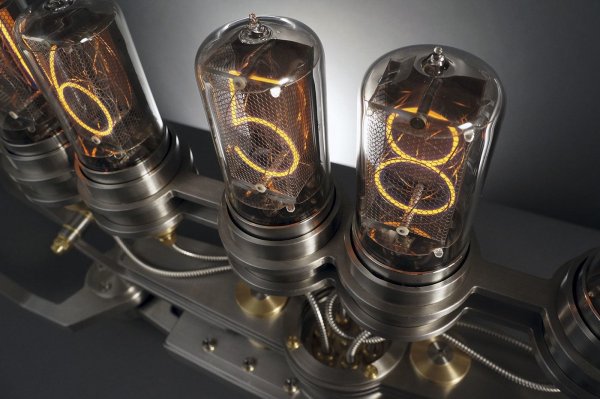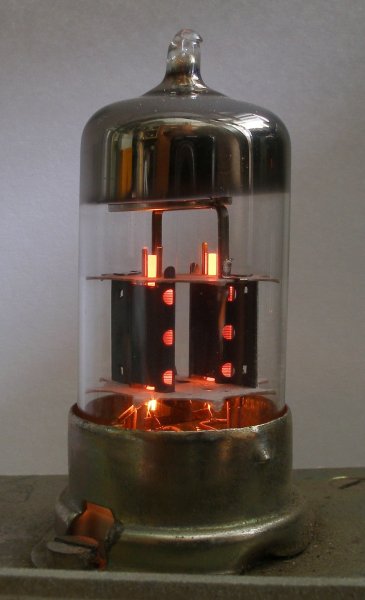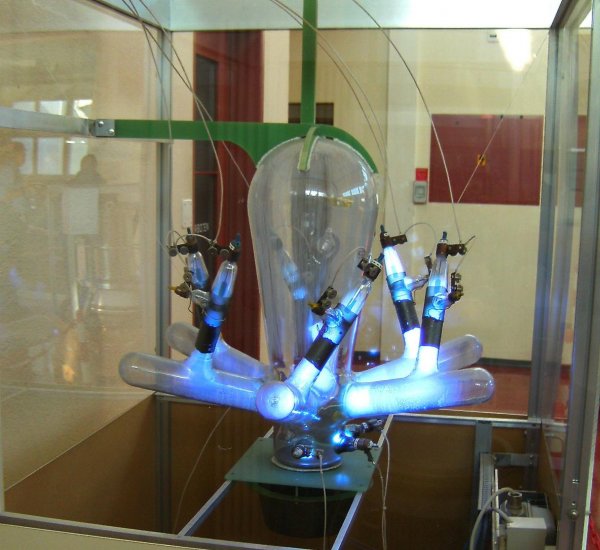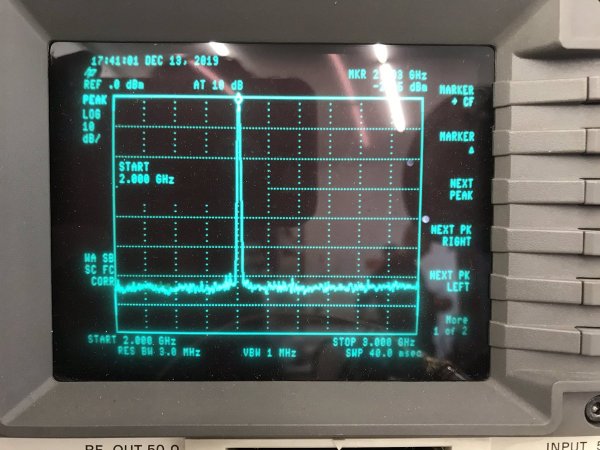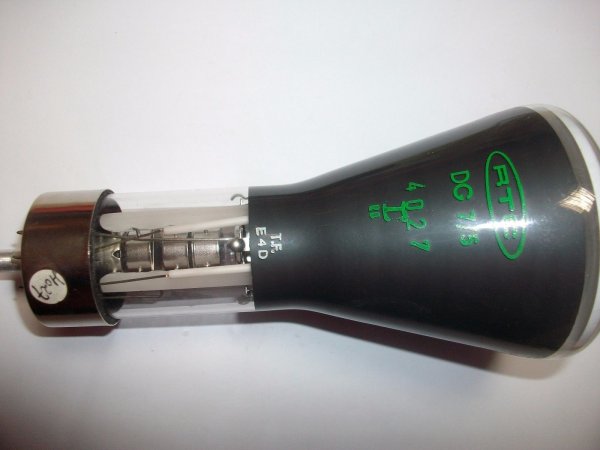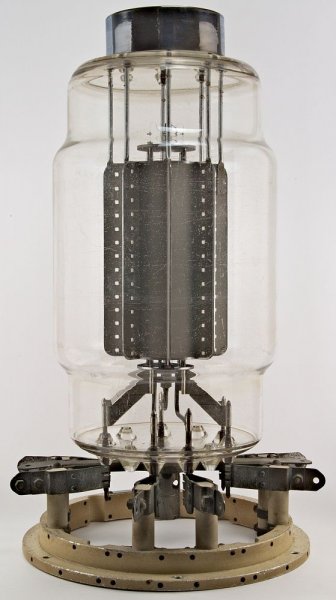Sources of electrons, types of electron radiation, causes of ionization
In order to understand and explain the principles of operation of electronic devices, it is necessary to answer the following question: how are electrons separated? We will answer in this article.
According to modern theory, the atom consists of a nucleus, which has a positive charge and concentrates in itself almost the entire mass of the atom, and negatively charged electrons located around the nucleus. The atom as a whole is electrically neutral, therefore, the charge of the nucleus must be equal to the charge of the surrounding electrons.
Since all chemicals are made of molecules, and molecules are made of atoms, any substance in a solid, liquid, or gaseous state is a potential source of electrons. In fact, all three aggregate states of matter are used in technical devices as a source of electrons.
A particularly important source of electrons are metals, which are usually used for this purpose in the form of wires or ribbons.
The question arises: if such a filament contains electrons and if these electrons are relatively free, that is, they can move more or less freely inside the metal (that this is indeed the case, we are convinced that even a very small potential difference, applied to both ends of such a thread directs the flow of electrons along it), then why do the electrons not fly out of the metal and under normal conditions do not form a source of electrons? A simple answer to this question can be given on the basis of elementary electrostatic theory.
Suppose the electrons leave the metal. Then the metal should acquire a positive charge. Since charges of opposite signs attract each other, the electrons will again be attracted to the metal unless some external influence prevents this.
There are several ways that electrons in a metal can be given enough energy to leave the metal:
1. Thermionic radiation
Thermionic radiation is the emission of electrons from incandescent bodies. Thermionic radiation has been studied in solids and especially in metals and semiconductors in connection with their use as material for thermionic cathodes of electronic devices and heat-to-electricity converters.
The phenomenon of loss of negative electricity from bodies when heated to a temperature above white heat has been known since the late 18th century. V. V. Petrov (1812), Thomas Edison (1889) and others established a number of qualitative laws of this phenomenon. By the 1930s, the main analytical relationships between the number of emitted electrons, body temperature and work function were determined.
The current that flows through the filament when a voltage is applied to its ends heats the filament. When the temperature of the metal is high enough, the electrons will leave the surface of the metal and escape into the surrounding space.
The metal used in this way is called a thermionic cathode, and the release of electrons in this way is called thermionic radiation. The processes causing thermionic radiation are similar to the processes of evaporation of molecules from the surface of a liquid.
In both cases, some work must be done. In the case of a liquid, this work is the latent heat of vaporization, equal to the energy required to change one gram of the substance from liquid to gaseous state.
In the case of thermionic radiation, the so-called work function is the minimum energy required to evaporate one electron from the metal. Vacuum amplifiers previously used in radio engineering usually had thermionic cathodes.
2. Photoemission
The action of light on the surface of various materials also results in the release of electrons. The light energy is used to provide the substance's electrons with the necessary extra energy so that they can leave the metal.
The material used as a source of electrons in this method is called a photovoltaic cathode, and the process of releasing electrons is known as photovoltaic or photoelectron emissions… This way of releasing electrons is the basis of the electric eye— photocell.
3. Secondary emissions
When particles (electrons or positive ions) strike a metal surface, part of the kinetic energy of these particles or all of their kinetic energy can be transferred to one or more electrons of the metal, as a result of which they acquire energy sufficient to leave the metal. This process is called secondary electron emission.
4. Autoelectronic emissions
If a very strong electric field exists near the surface of the metal, it can pull electrons away from the metal. This phenomenon is called field emission or cold emission.
Mercury is the only metal widely used as a field emission cathode (in the old mercury rectifiers). Mercury cathodes allow very high current densities and enable the design of rectifiers up to 3000 kW.
Electrons can also be released from a gaseous substance in several ways. The process by which an atom loses an electron is called ionization.… An atom that has lost an electron is called a positive ion.
The ionization process can take place due to the following reasons:
1. Electronic bombardment
A free electron in a gas-filled lamp can, due to the electric field, acquire energy sufficient to ionize a gas molecule or atom. This process can have an avalanche character, since after knocking out an electron from an atom, both electrons in the future, when they collide with gas particles, can release new electrons.
Primary electrons can be released from a solid by any of the methods discussed above, and the role of a solid can be played both by the shell in which the gas is enclosed, and by any of the electrodes located inside the lamp.Primary electrons can also be generated by photovoltaic radiation.
2. Photoelectric ionization
If the gas is exposed to visible or invisible radiation, then the energy of that radiation may be sufficient (when absorbed by an atom) to knock off some of the electrons. This mechanism plays an important role in certain types of gas discharge. In addition, a photoelectric effect can occur in a gas due to the emission of excited particles from the gas itself.
3. Positive ion bombardment
A positive ion striking a neutral gas molecule can release an electron, as in the case of electron bombardment.
4. Thermal ionization
If the temperature of the gas is high enough, then some of the electrons that make up its molecules can acquire enough energy to leave the atoms to which they belong. This phenomenon is similar to thermoelectric radiation from metal. This type of emission plays a role only in the case of a powerful arc at high pressure.
The most significant role is played by the ionization of the gas as a result of electron bombardment. Photoelectric ionization is important in some types of gas discharge. The remaining processes are less important.
Until relatively recently, vacuum devices of various designs were used everywhere: in communication technologies (especially radio communications), in radars, in energy, in instrument making, etc.
The use of electrovacuum devices in the field of energy consists of converting alternating current into direct current (rectification), converting direct current into alternating current (inverting), changing the frequency, adjusting the speed of electric motors, automatically controlling the voltage of alternating current and direct current generators, switching on and off significant power in electric welding, lighting control.
Electron Tubes — History, Principle of Operation, Design and Application
The use of the interaction of radiation with electrons led to the creation of photocells and gas-discharge light sources: neon, mercury and fluorescent lamps. Electronic control was of utmost importance in theatrical and industrial lighting schemes.
Currently, all of these processes use semiconductor electronic devices and are used for lighting LED technology.

